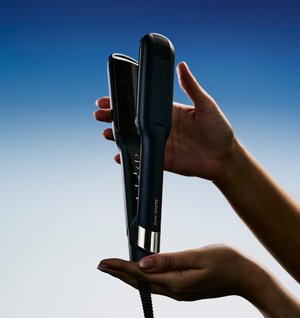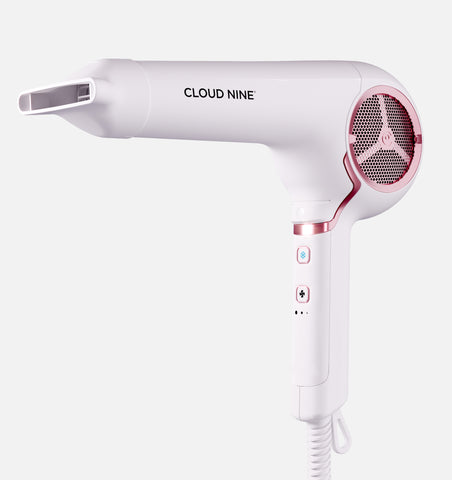$130 off The Wide Iron
d
h
m
s
Shop Straighteners
New


The NEW Contouring Wide Iron
New
-
11 settings 100-200°
-
Revive Mode®
-
Wider-curved plates
New


The NEW Wide Iron
New
-
11 settings 100-200°
-
Wider plates
-
Revive Mode®
New


The NEW Original Iron
New
-
11 settings 100-200°
-
Standard-size plates
-
Revive Mode®

The Contouring Original Iron
-
11 settings 100-200°
-
Revive Mode®
-
Curved plates
New


The NEW Slim Iron
New
-
11 settings 100-200°
-
Revive Mode®
-
Slimmer plates

The Touch Iron
-
2 settings 165-195°
-
Standard-size plates
-
Sericite®-infused plates
Shop dryers
Shop curlers
Bundles

The Contouring Original Iron & Midnight Blue Airshot Pro Styling Set
-
11 settings 100-200°
-
Revive Mode®
-
Eco-Precision motor

The Contouring Wide Iron & Midnight Blue Airshot Pro Styling Set
-
11 settings 100-200°
-
Revive Mode®
-
Eco-Precision motor

The Original Iron & Airshot Pro Styling Set
-
11 settings 100-200°
-
Revive Mode®
-
Eco-Precision motor

The Wide Iron & The Airshot Pro Styling Set
-
11 settings 100-200°
-
Revive Mode®
-
Eco-Precision motor





















